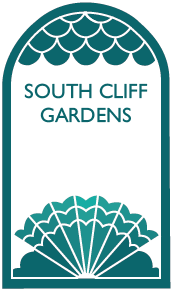“But he that that dares not grasp the thorn should never crave the rose,”
Wise words from Anne Bronte and an excellent metaphor for the bittersweet relationship between writers and possibly the most mythologised flower the rose. Shakespeare, Burns, Dickinson, Blake, Fitzgerald… the list of literary greats who have found the rose to be the only flora capable of expressing their understanding of the human condition, most commonly the thorny issue of love goes on.
With over 300 varieties it’s an incredibly versatile flower at once alluringly beautiful in both appearance and aroma yet potentially dangerous to touch. Its duality is also reflected in the associated symbolism, the white rose is synonymous with innocence and vulnerability whilst the red represents desire and romance, they can be gifted for sympathy but also used to as a device for wooing.
In one of the most famous scenes in literature Juliet declares that a rose by any other name would smell as sweet when untangling the complexities of falling in love with Romeo. According to some slightly questionable folklore it has also been suggested that the Bard’s inclusion of a rose was a sly dig at a rival theatre named after the flower and notorious for its poor sanitation and accompanying stench.
The rose is a common recurrence in one of our oldest and most enduring forms of storytelling the fairy tale. The Brothers Grimm repeatedly used roses within their stories from Belle in Beauty and the Beast condemned to a life of confinement in the castle of a hideous beast for her father’s crime of picking a rose from his garden to the Little Brier Rose herself Sleeping Beauty, cursed by a wicked witch to slumber until true love arrives to break the spell. Sisterly love is celebrated in Snow White and Rose Red, whilst in The Rose a rose’s bloom coincides with the death of a child.
In Hans Christian Andersen’s stories roses are given both royal and religious importance and often represent purity and redemption. In his fable The Wild Swans a young woman is saved from execution when the wood piled around the stake she is due to be burned at magically transform into blooming rose vines thanks to her brothers intervention and the purity of their love for her.
Roses feature prominently in poetry, one American University found that its literary database featured no less than 1161 poems containing references to them. Musicians have also been enticed by their symbolism, when asked what had most influenced his own compositions Bob Dylan sighted A Red, Red Rose by Robbie Burns.
Not everyone has been impressed by their proliferation in literature, the artist Salvador Dali is quoted as saying that “The first man to compare the cheeks of a young woman to a rose was obviously a poet; the first to repeat it was possibly an idiot.”
Whatever your own feelings about roses there is probably a poem, song or story that shares your sentiments and so I end this blog with the sage words of those titans of glam rock Poison “Every Rose has its thorn, just like every night has its dawn…”
Gemma Alexander – Community Engagement Officer
gemma.alexander@scarborough.gov.uk


Comments are closed